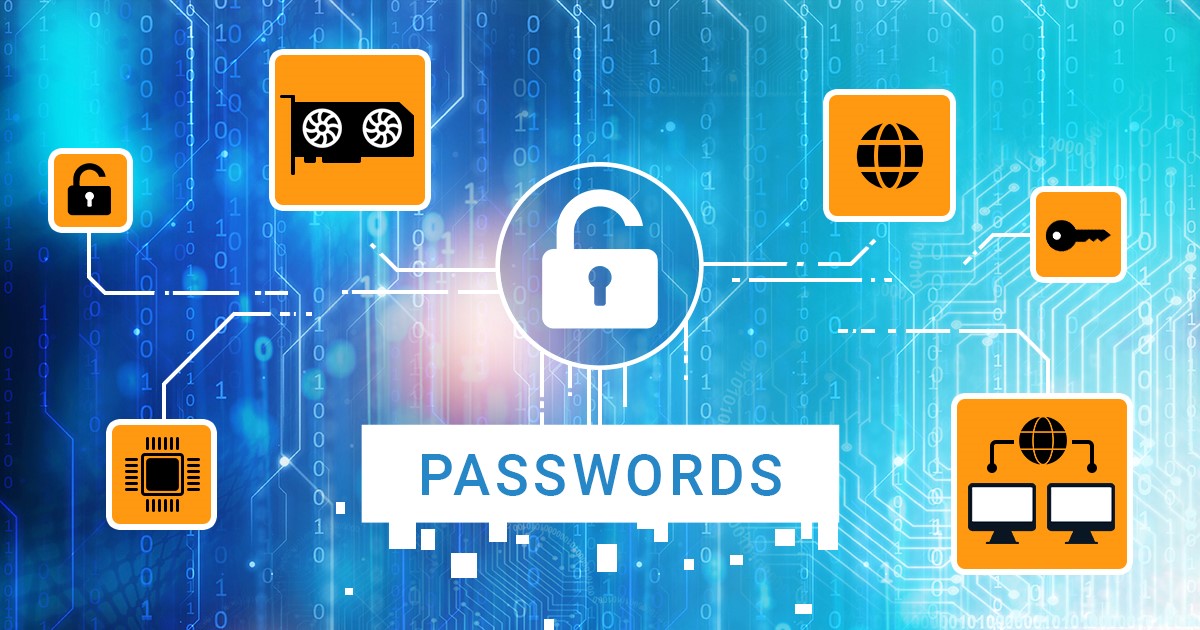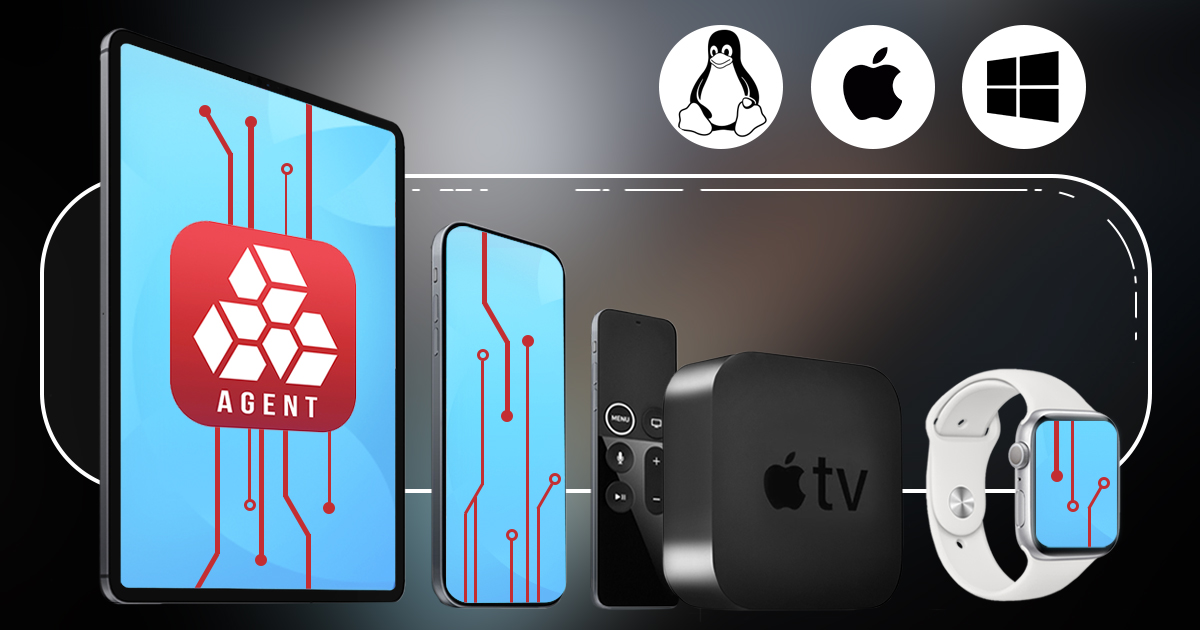Our blog features numerous articles on breaking passwords and accessing encrypted data, ranging from simple “how-to” guides to comprehensive manuals. However, many of the questions we are frequently asked are not about the technical stuff but rather the very basics of password recovery. Can you break that password? Is it legal? How much time do you think it will take to break this one? We do have the answers, but they require digging through the extensive content of our blog. To address this, we’ve created a comprehensive A to Z article that not only answers many common questions but also links to our previous posts.
Have you ever tried to unlock a password but couldn’t succeed? This happens when the password is really strong and designed to be hard to break quickly. In this article, we’ll explain why this can be a tough challenge and what you can do about it.
In the realm of password recovery, benchmarking the speed of attacks holds significant importance. It is a customary practice to gauge the speed of attacks on various data formats using diverse hardware configurations. These tests yield results that are visually represented through graphs clearly demonstrating the performance of our products. However, these graphical representations merely scratch the surface of a much broader scope. Today, we delve deeper into the objectives and methodologies behind our password cracking speed tests.
Intel has unveiled its latest lineup of dedicated graphics cards, driven by the powerful Intel Xe architecture. The Intel Arc series showcases impressive performance, rivaling mid-range offerings from competing brands, while maintaining an exceptional price-performance ratio that outperforms NVIDIA’s counterparts. In this article, we explore the potential of Intel Arc GPUs for forensic password recovery and delve into their performance capabilities, comparing them with both Intel’s built-in graphics and mid-range NVIDIA RTX boards.
Access to encrypted information can be gained through various methods, including live system analysis (1 and 2), using bootable forensic tools, analysis of sleep/hibernation files, and exploiting TPM vulnerabilities, with password recovery being the last option on the list. Each method has different resource requirements and should be used in order of least resource-intensive to most time-consuming, with password recovery as the last resort. Familiarize yourself with the different encryption recovery strategies and learn about data formats with weak protection or known vulnerabilities.
There are several methods for recovering the original password ranging from brute force to very complex rule-based attacks. Brute-force attacks are a last resort when all other options are exhausted. What can you reasonably expect of a brute-force attack, what is the chance of success, and how does it depend on the password and the data? Or just “how long will it take you to break it”? Let’s try to find out.
Windows account passwords, or NTLM passwords, are among the easiest to recover due to their relatively low cryptographic strength. At the same time, NTLM passwords can be used to unlock DPAPI-protected data such as the user’s passwords stored in Web browsers, encrypted chats, EFS-protected files and folders, and a lot more. In this article we argue about prioritizing the recovery of NTLM hashes over any other types of encrypted data.
This article continues the series of publications aimed to help experts specify and build economical and power-efficient workstations for password recovery workloads. Electricity costs, long-term reliability and warranty coverage must be considered when building a password recovery workstation. In this article we will review the most common cooling solutions found in today’s GPUs, and compare consumer-grade video cards with their much lesser known professional counterparts.
Today’s data protection methods utilize many thousands (sometimes millions) hash iterations to strengthen password protection, slowing down the attacks to a crawl. Consumer-grade video cards are commonly used for GPU acceleration. How do these video cards compare, and what about the price-performance ratio? We tested five reasonably priced NVIDIA boards ranging from the lowly GTX 1650 to RTX 3060 Ti.
In Alder Lake, Intel introduced hybrid architecture. Large, hyperthreading-enabled Performance cores are complemented with smaller, single-thread Efficiency cores. The host OS is responsible for assigning threads to one core or another. We discovered that Windows 10 scheduler is not doing a perfect job when it comes to password recovery, which requires a careful approach to thread scheduling.


